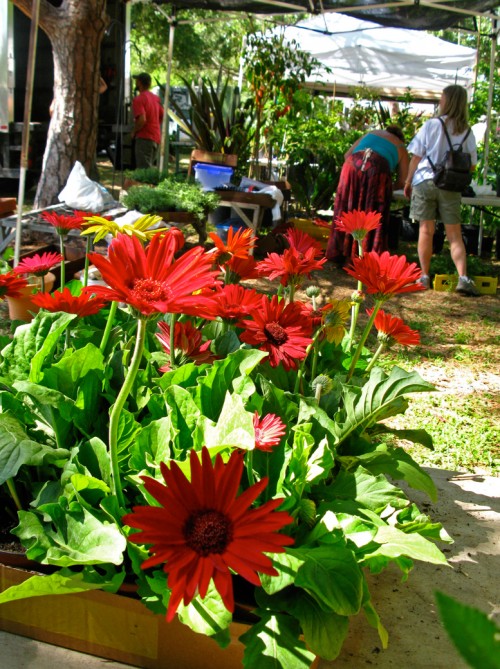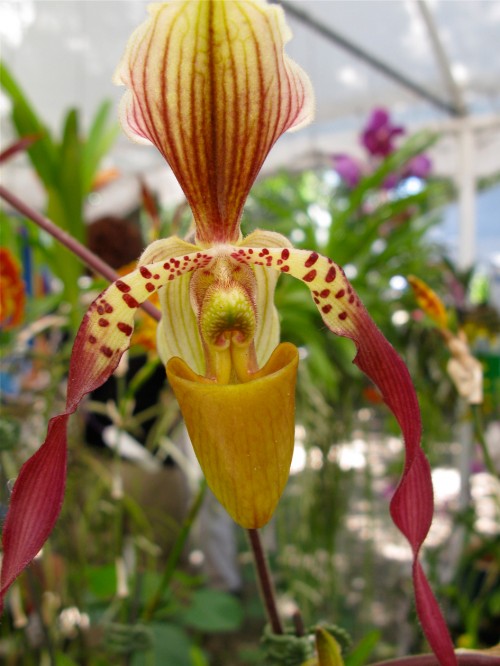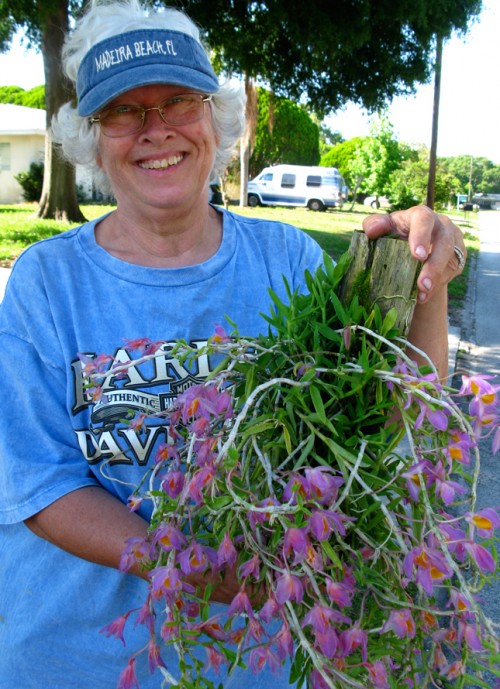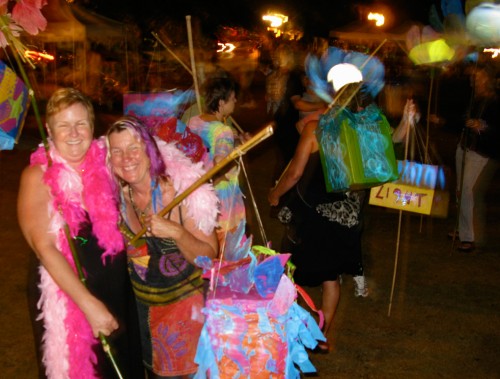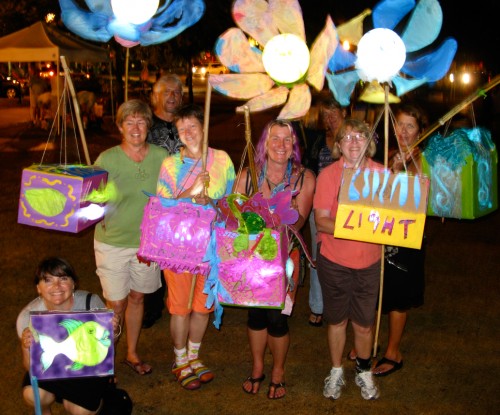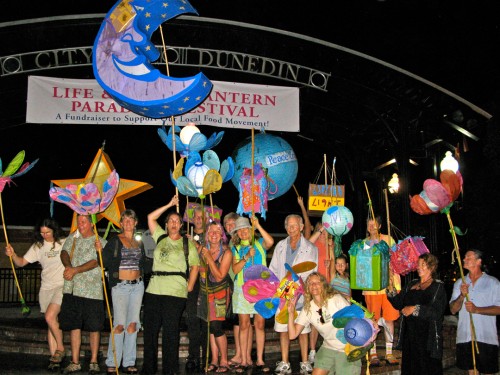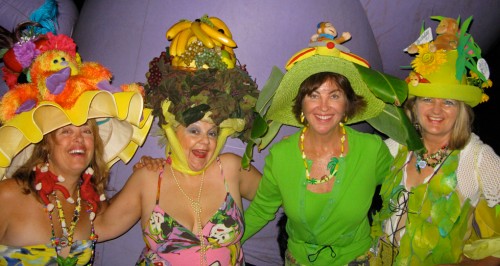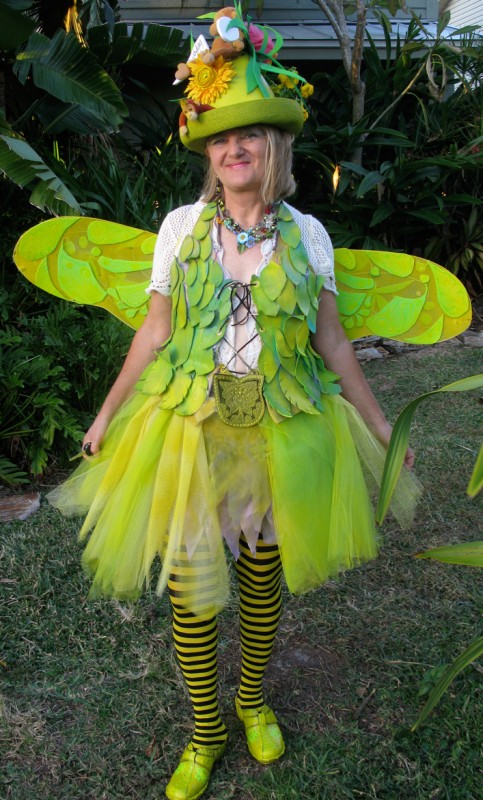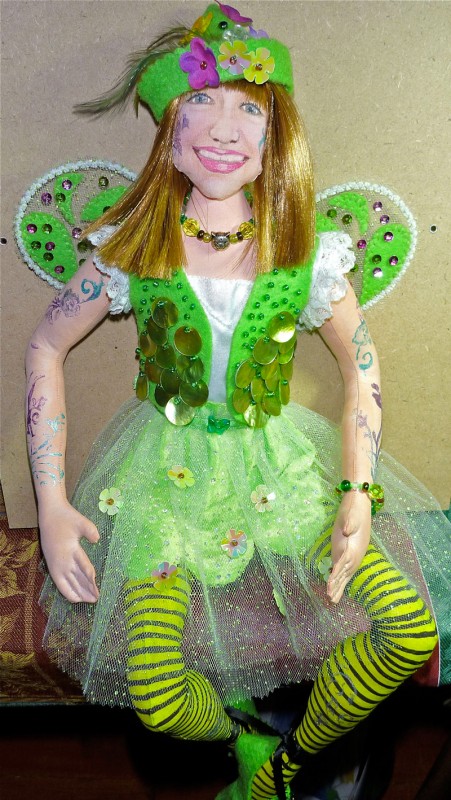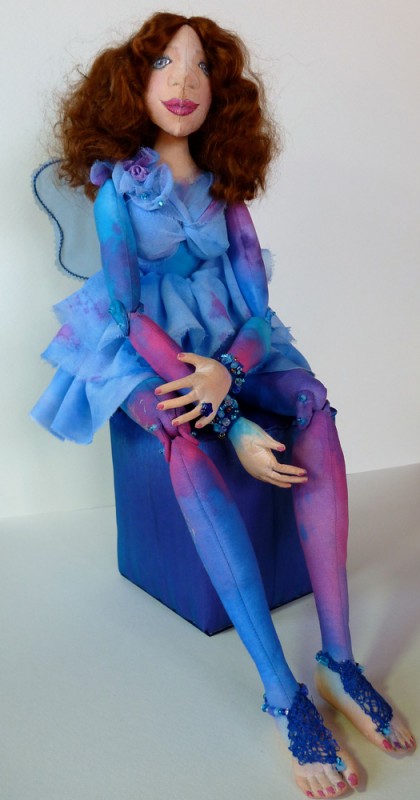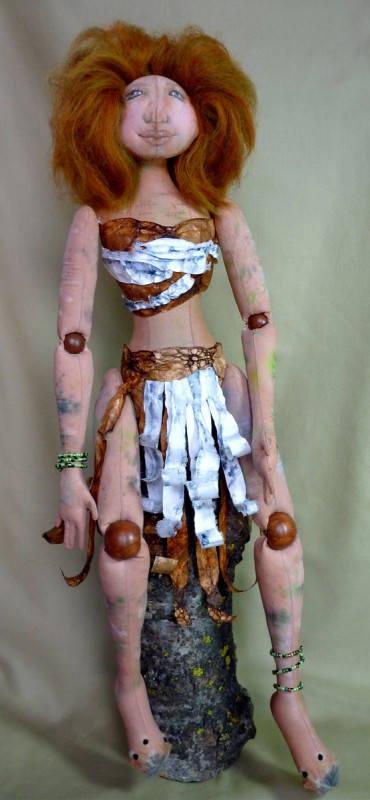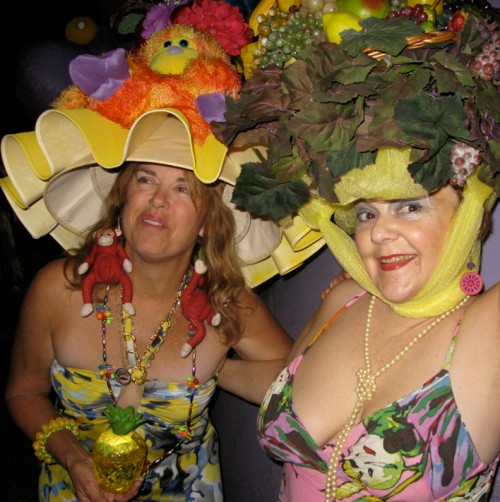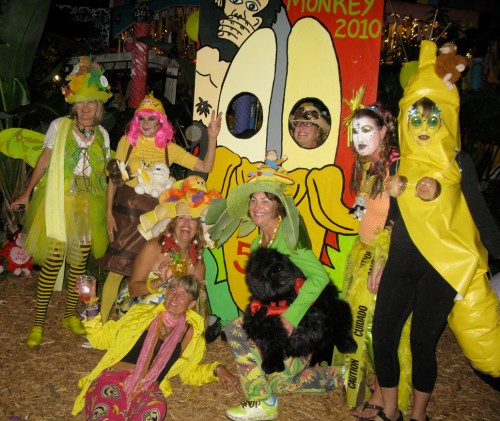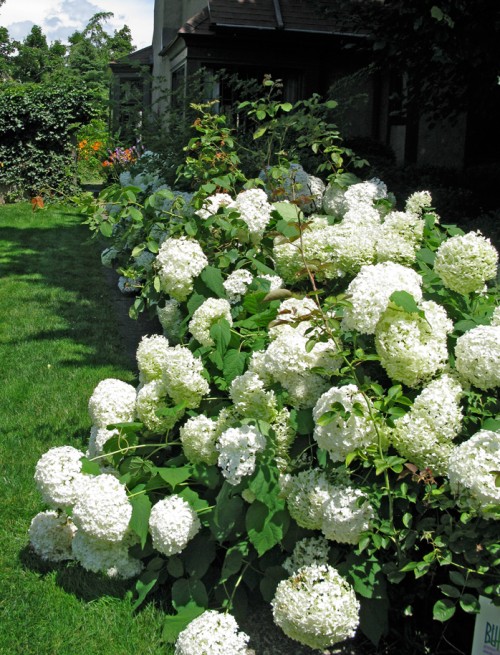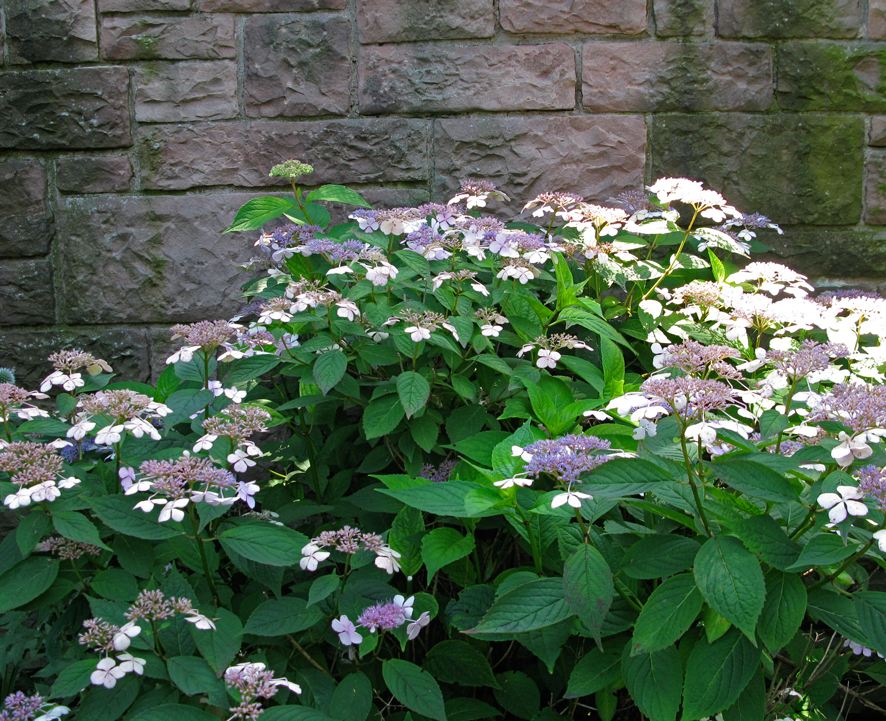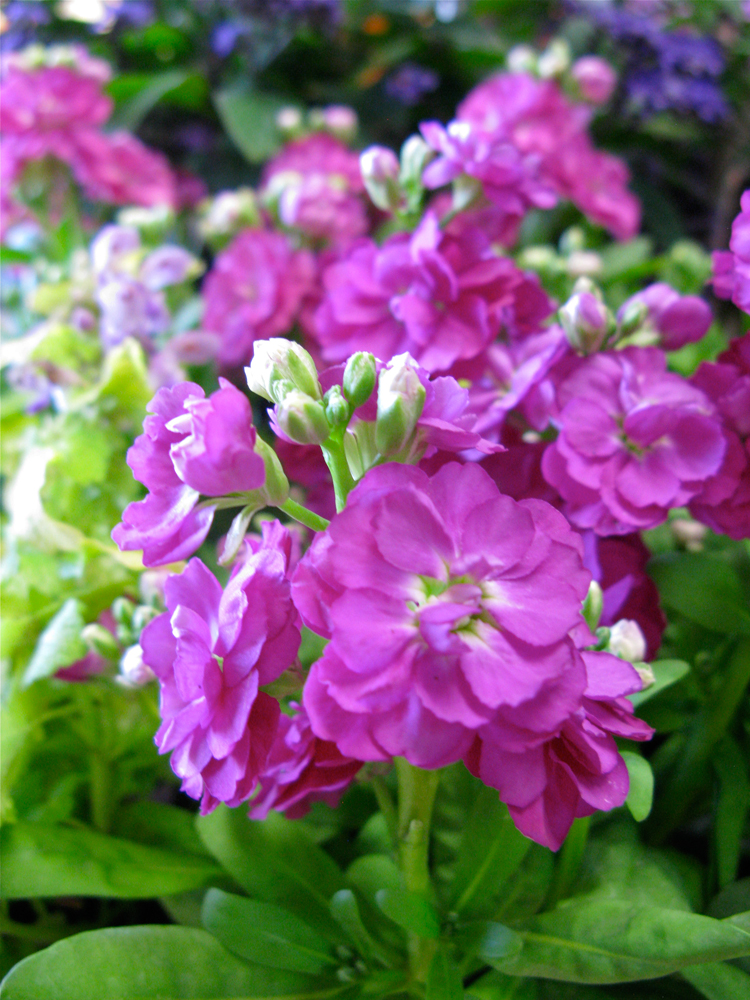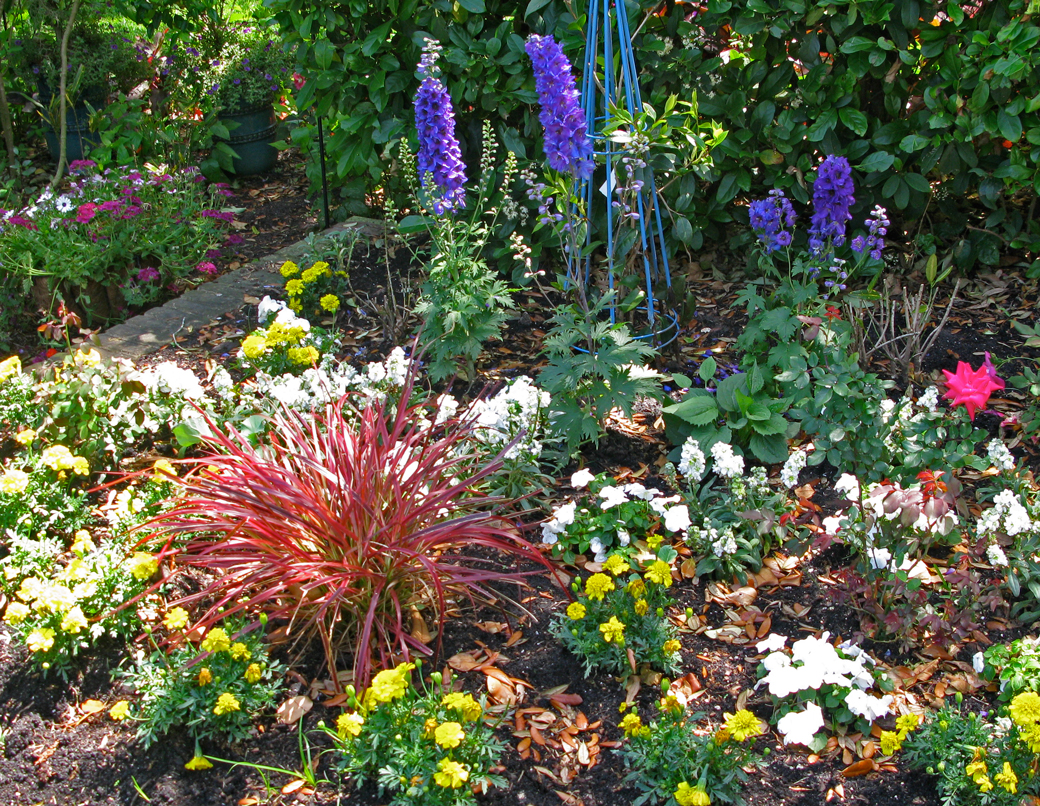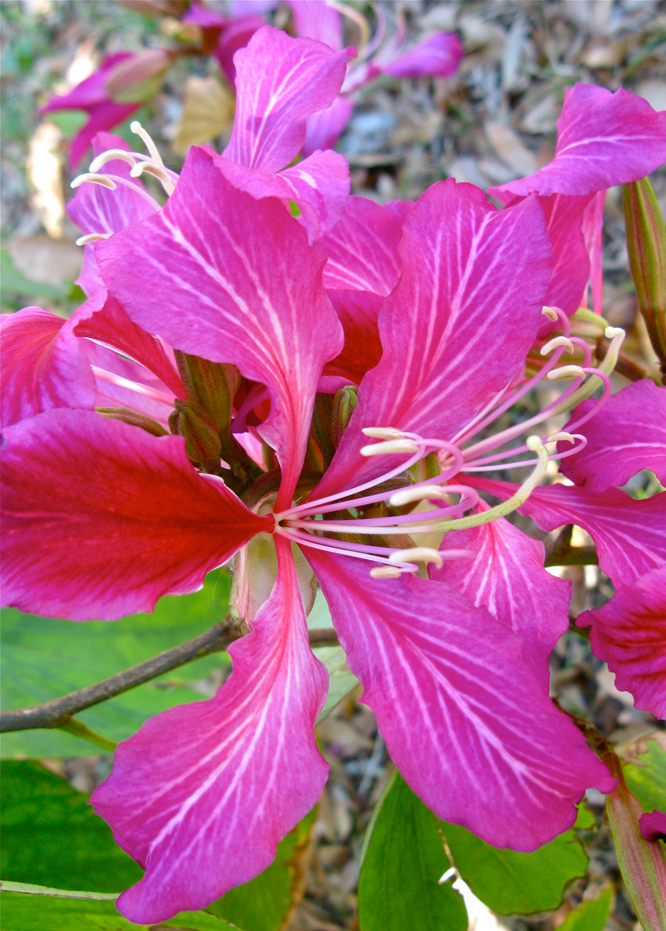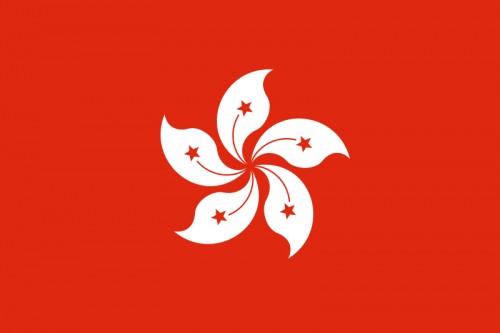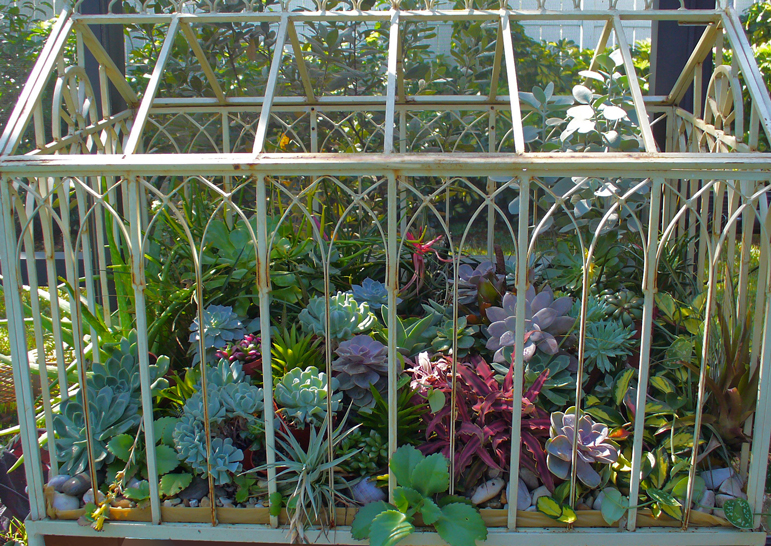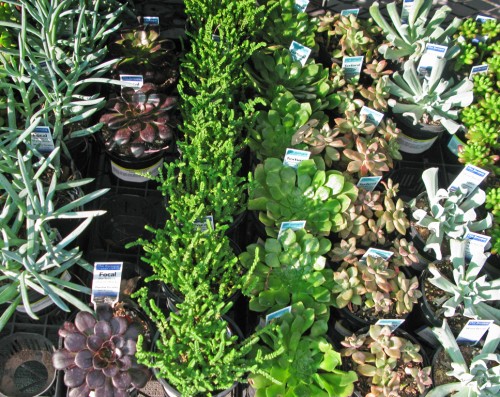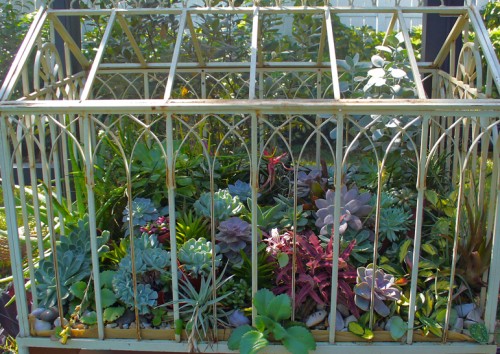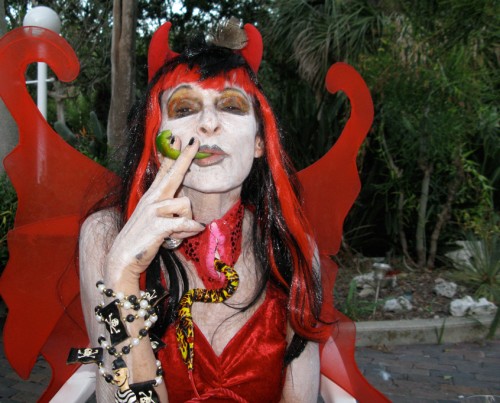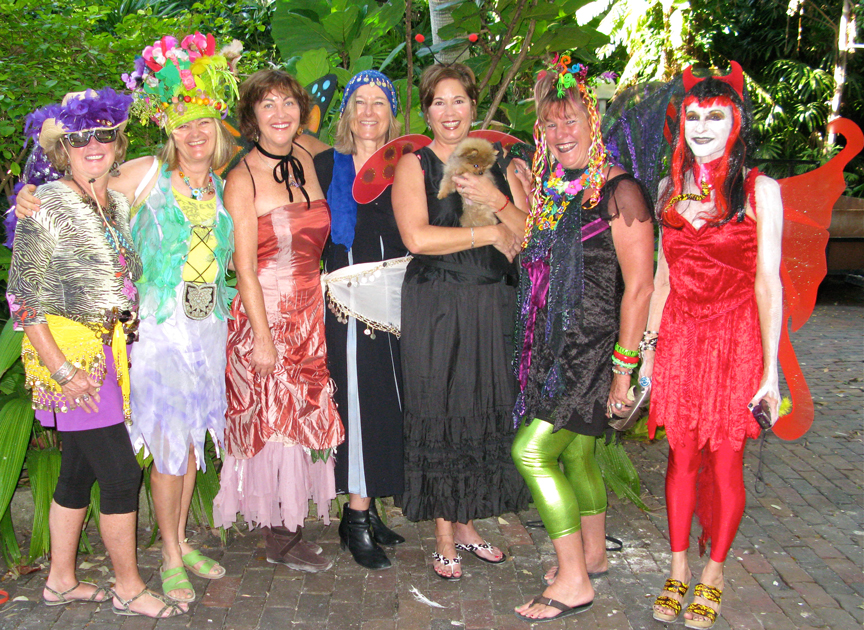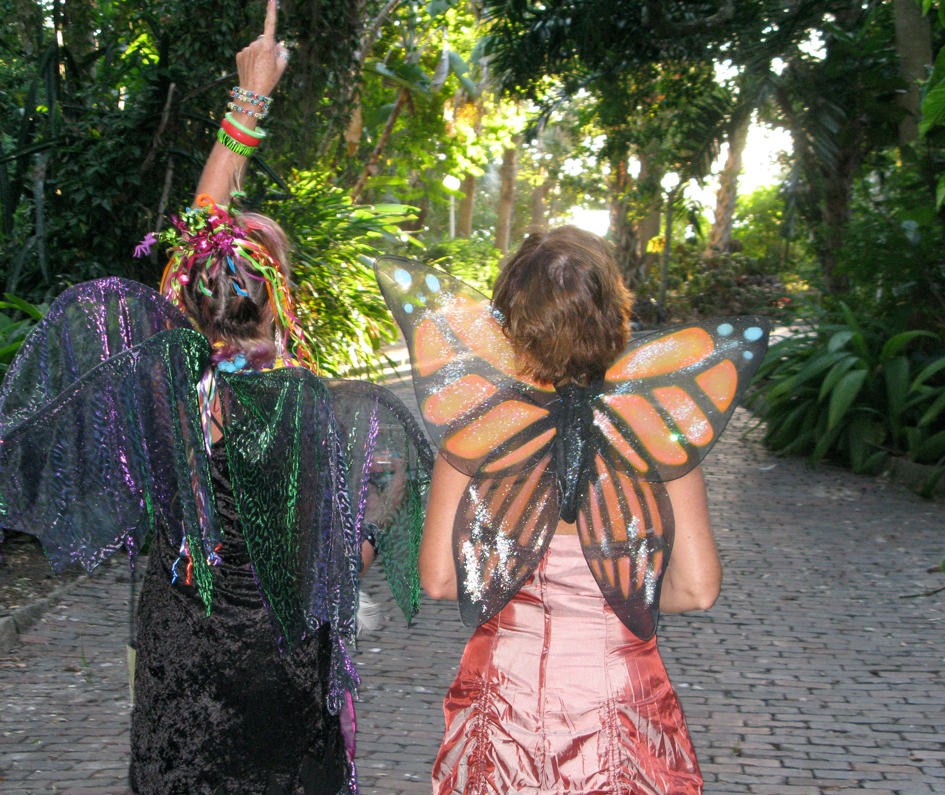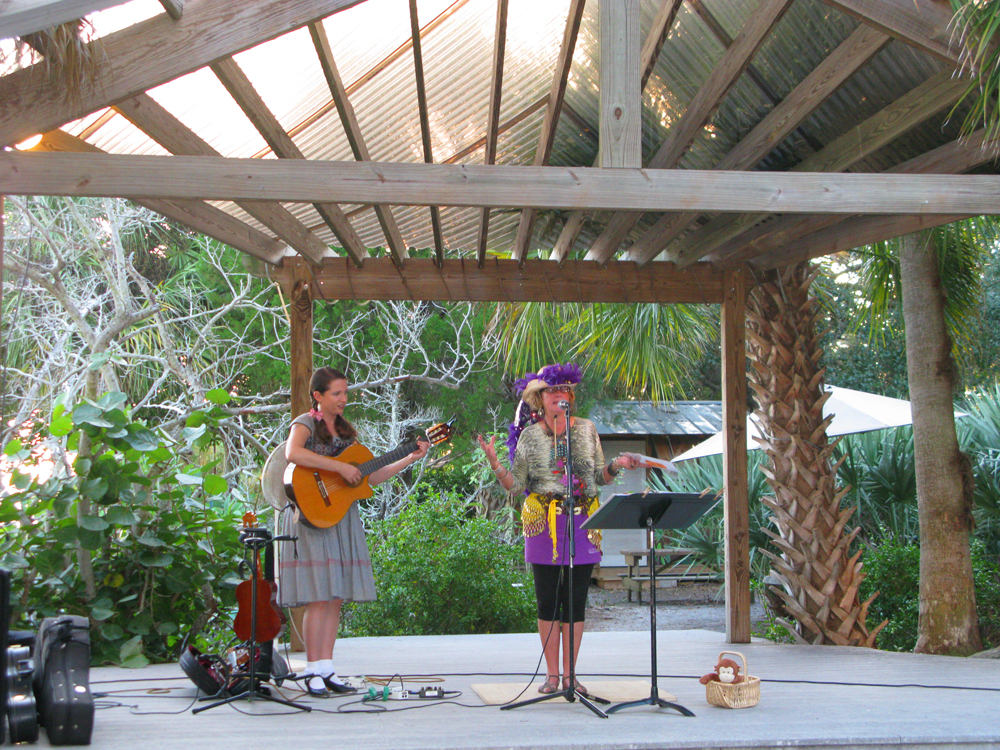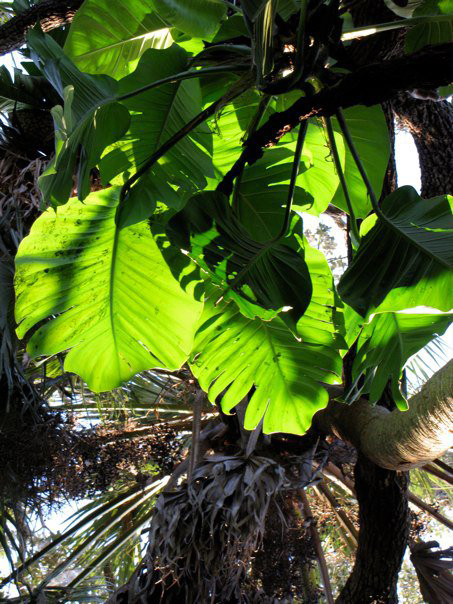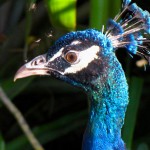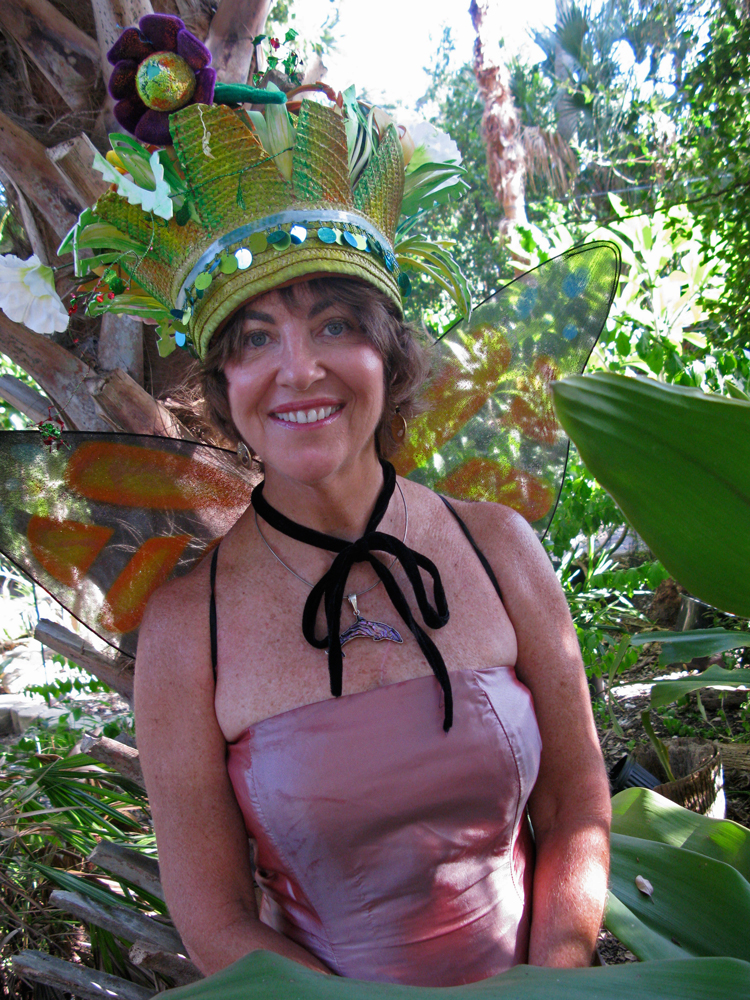
The middle of the blossom contains the true smaller less colorful true flower
Bougainvilleas are considered one of the world’s most beautiful flowering vines
They are members of the Four-O’Clock (Nyctaginaceae) family and are native to Brazil, Peru and Argentina. These colorful climbing shrubs have paper-like blossoms which are actually bracts, located just below the flower stalk. Look closely into the middle of the blossom and you will see the smaller less colorful true flower.
In the landscape Bougainvilleas are often used as focal points
You can brighten up a dull hot area with the splendiferous sprawl of a bougainvillea on a wall or fence. They thrive in hot climates, from Texas to Thailand. Surprisingly, bougainvilleas grow in Locarno, Switzerland, which has a mild Mediterranean climate and is famous for its bougainvilleas. In cooler climates consider using bougainvilleas as houseplants. There is a size for every space, right down to miniature bonsais. Add dwarf variety bougainvilleas to hanging baskets for an exotic touch.

Admiral Louis-Antoine de Bougainville
The bougainvillea plant was discovered in by
French naturalist Dr. Philibert Commerçon
Discovered in 1768 in Rio de Janeiro, Bougainvillea is named after Commerçon’s close friend and ship’s admiral Louis-Antoine de Bougainville in which Commerçon was a passenger. Finding the Bougainvillea was a highlight of Louis-Antoine de Bougainville’s trip to the Brazil.
A natural choice for color in coastal regions, bougainvillea is highly salt tolerant
To keep Bougainvilleas lush with blooms, you need to prune them often and aggressively. Bougainvillea may be pruned at any time of the year. Bloom initiation does not depend upon pruning – a bougainvillea has a bloom cycle followed by a rest period whether pruned or not. Clip the long thorny arching branches but take care to protect your skin. Invest in a pair of long rose gloves for this task, cutting back all long shoots cut back to 18″-20″ for best bloom. Bougainvilleas need 60 degrees in the winter to set blooms. In the Tampa Bay area they are nipped by frosts and freezes, but come back quickly.
Bougainvillea are relatively pest-free plants
But they may suffer from worms, snails and aphids. One common problem we see on Florida’s bougainvilleas is leaf damage resulting with a chewed and scalloped edge. Healthy bougainvillea vines, seemingly over night can be eaten away by mysterious night time intruders, munching on the leaves of your plant. Scalloped edge leaf damage is caused by bougainvillea loopers. Bougainvillea loopers are small worm like caterpillars that are commonly called “inchworms”. While not deadly to the plant, nonetheless the damage is unsightly.
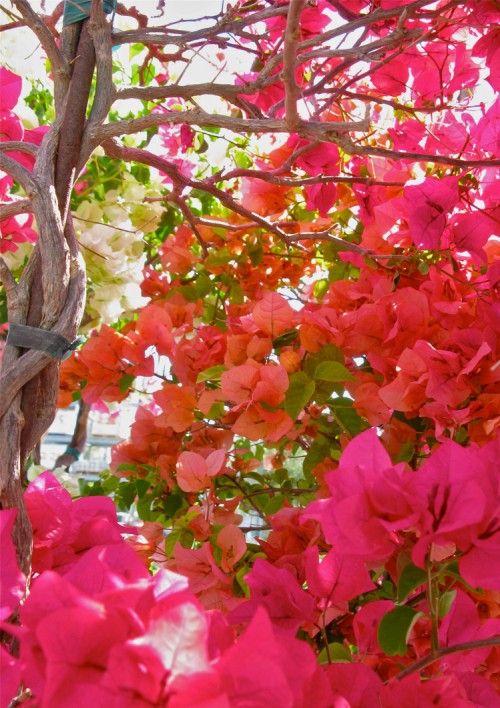
Sundown Orange intermingles with Barbara Karst
Try natural predators
Such as birds and omnivorous animals to your garden to help keep the bougainvillea looper caterpillar population under control. If your bougainvillea loopers multiple faster than the predators keep them in check, use two natural pesticides. Note: Not all pesticides will have an effect on bougainvillea loopers. Look for Neem oil or bacillus thuringiensis (BT).
Bougainvillea do not like ‘wet feet’
Take care not overwater. Some people have a hard time managing bougainvilleas usual rampant grow spurts. See the list below where you will find some slow growers.
Some of our favorite bougainvillea varieties:
Ambiance, also known as James Walker, is a moderate to fast grower. New buds are a deep orange, maturing to a brilliant, hot pink – a beautiful contrast of colors.
Barbara Karst is a moderate grower with a full, thick growth pattern and extremely reliable flowering habit. She sports the darkest shade of hot pink; only the new growth is truly red in color.
Elizabeth Angus is a moderate grower with a full, lush growth habit showcasing bracts in unique, vibrant shades of purple. Leaves are large, quilted, and glossy. Best suited for training into bush, standards, and hanging baskets.
Flavored ICE is a deliciously colored, extremely slow-growing bougainvillea with variegated leaves. An ideal container plant. Beautiful variegated green and white leaves look cool even without their colorful counterparts.
Helen Johnson is dwarf bougainvillea with the most reliable flowering habit. Ideal for use as ground cover and absolutely stunning as a mass planting. New growth opens coppery orange, maturing into a uniform pink color.
Imperial Thai Delight sports white and pink bracts. Perfectly suited for every application such as bush, trellis, standard, hanging basket, and bonsai.
Sundown Orange has unique bracts open as deep orange, then turn to coral, and finally mature into a salmon-pink. Her tri-coloring works so well with the color schemes of Floridian homes and architecture. This new introduction is quickly becoming the favorite among weekend gardeners and landscape designers.
Garden Fairy Factoids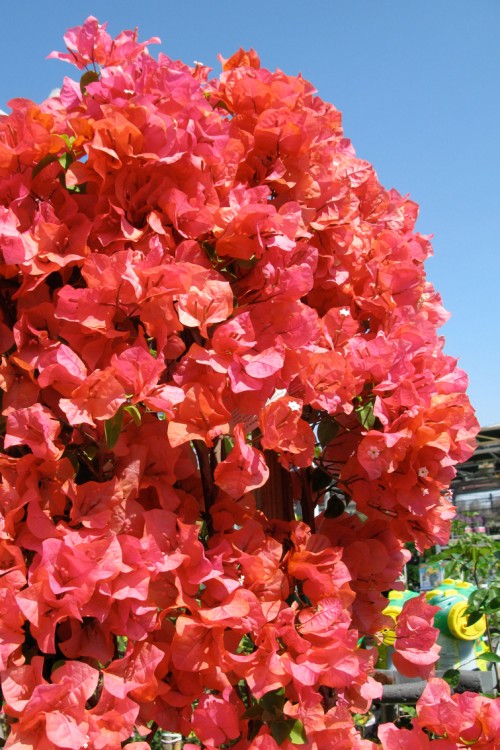
Uses: Focal Points, Beds, Containers, Hanging Baskets
Growth Habit: Shrub
Pair with: Drought Tolerant Perennials
Flowering Month(s):Winter and early spring for hot climates, summer for northern areas
Bloom Color: Pale Pink, Rose/Mauve, Magenta (Pink-Purple), Purple, White
Height: up to 20′
Light Requirements: full sun
Growth Rate: Fast
Drought Tolerance: High
